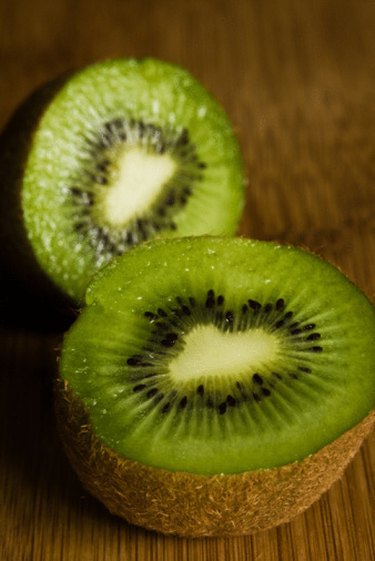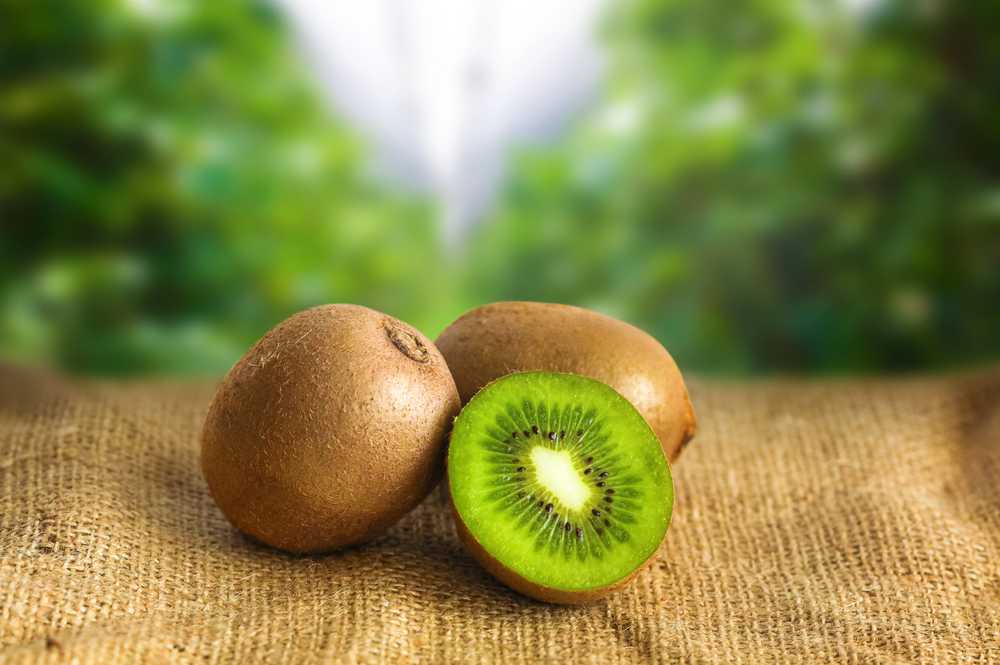Checking Out the Special Characteristics and Interesting Biology of Kiwi: A Comprehensive Research
Welcome to the interesting world of kiwi! Prepare to be astonished as we uncover how kiwis have actually adjusted to their flightless existence and uncover their environmental significance.
Physical Characteristics
What are the physical characteristics of a kiwi bird? Well, allow's dive right in! The kiwi bird is a tiny, flightless bird native to New Zealand. It measures concerning 12 to 14 inches in height and considers around 2 to 7 extra pounds. One of one of the most distinguishing characteristics of the kiwi bird is its lengthy, slender expense. This bill is not just used for feeding, but likewise for digging burrows in the ground.
The kiwi bird has a special plumage, with soft, hair-like feathers that appear like fur. These feathers are generally brown or grey in color, aiding the bird assimilate with its forested environment. Unlike the majority of birds, the kiwi has tiny wings that are concealed beneath its feathers and are not practical for flying. Instead, it depends on its solid legs and effective claws for mobility.
Another interesting physical characteristic of the kiwi bird is its nostrils situated at the tip of its bill. This adaptation permits them to seek pests and worms, their key resource of food, in the ground cover on the forest floor (what do kiwis taste like). Additionally, the kiwi bird has large, round eyes that are adjusted for low-light problems, as they are largely nighttime
Feeding Routines
To recognize the feeding routines of the kiwi bird, you need to observe its foraging behavior and nutritional preferences. These birds use their solid feeling of smell to detect prey concealed below the surface, and after that use their bill to remove it.
In addition to pests, kiwis also take in berries, fruits, and seeds. Kiwis have actually been observed feeding on a wide range of plant varieties, suggesting their flexibility to various food resources.
Interestingly, kiwis do not have a crop, which is a specific component of the digestive system discovered in several birds. Rather, their food passes straight from the esophagus to the tummy. This might be a result of their unique evolutionary background and eco-friendly specific niche.
Recreation and Breeding
Now let's delve into the fascinating world of kiwi reproduction and reproduction, structure upon our previous exploration of their unique feeding practices. They are virginal birds, suggesting they create long-term pairs.
Breeding season for kiwis typically occurs in between June and March. Throughout this moment, the women kiwi will certainly lay one to 2 eggs, which are uncommonly large contrasted to the bird's body dimension. Kiwi eggs are the biggest of any type of bird in proportion to body weight. After the eggs are laid, both the man and female take turns nurturing the eggs, with each taking shifts that can last up to 12 days.
As soon as the chicks hatch, they are born able and fully feathery to see (what do kiwis taste like). They are likewise fairly bright, suggesting they have the ability to take treatment of themselves relatively quickly. However, also after the chicks have actually hatched, the parents remain to provide treatment and protection for them till they are fully independent, which can take numerous months.

Adjustments to Flightless Existence
During their evolutionary background, kiwis have actually established impressive adjustments for their flightless existence. As a flightless bird, the click now kiwi has undergone numerous adjustments to its composition and behavior that allow it to grow in its one-of-a-kind atmosphere. One of one of the most recognizable adaptations is its wing structure. Unlike various other birds, kiwis have small, vestigial wings that are essentially worthless for flying. Instead, these wings have actually advanced into effective appendages that aid in balance and security, enabling the kiwi to browse its forest flooring habitat effortlessly.
One more adjustment that kiwis have Visit Website created is their solid legs and feet. The kiwi's legs are muscle and positioned far back on its body, offering it with a reduced facility of gravity and optimum balance.
In order to make it through without the capacity to fly, kiwis have also established an eager feeling of scent. Their long, slender beaks home very delicate nostrils, allowing them to discover pests and worms beneath the forest floor. This exceptional adjustment helps kiwis locate food sources and preserve a well balanced diet regimen.
Ecological Importance
The environmental relevance of kiwi depends on their role as crucial seed dispersers in their indigenous environment. As they move through the forest floor, kiwi forage for bugs, worms, and a selection of plants. In the process, they consume fruits and berries, which consist of seeds. These seeds after that pass with the kiwi's gastrointestinal system unhurt and are later dispersed through their feces. This unique procedure aids in the all-natural regrowth of forests.
The kiwi's capacity to spread seeds is critical for preserving news the biodiversity and balance of their community. By spreading seeds across different areas, they add to the growth and wealth of numerous plant species. Consequently, these plants supply food and shelter for other animals, developing an internet of interdependencies within the ecological community.
Additionally, kiwi play an essential role in managing the population of certain plant types (what do kiwis taste like). Some plants create an excessive variety of seeds, which can result in congestion and restricted sources for other plants. By eating and distributing these seeds, kiwi aid control the development of such plants, making sure a healthier and extra diverse ecological community
The environmental relevance of kiwi prolongs past their role as seed dispersers. Their tunneling actions likewise adds to soil oygenation and nutrient recycling, improving the general health of the woodland flooring. Additionally, their feeding behaviors can help manage insect populaces, decreasing the threat of bug outbreaks that can harm plants.
Conclusion
To conclude, exploring the distinct qualities and remarkable biology of kiwi discloses its physical characteristics, feeding habits, reproduction and breeding patterns, along with its adjustments to a flightless presence. With its distinctive functions and environmental relevance, the kiwi serves as an exceptional instance of nature's variety and adjustment. By appreciating the kiwi and understanding's role in its community, we can additionally advertise preservation efforts to ensure the preservation of this amazing species for future generations.
